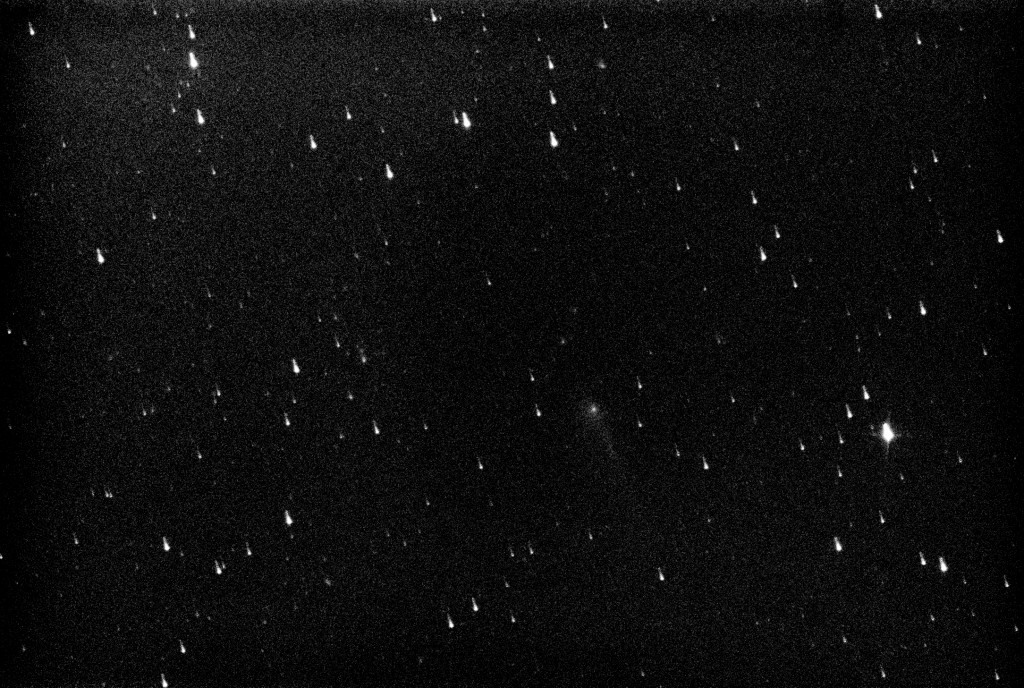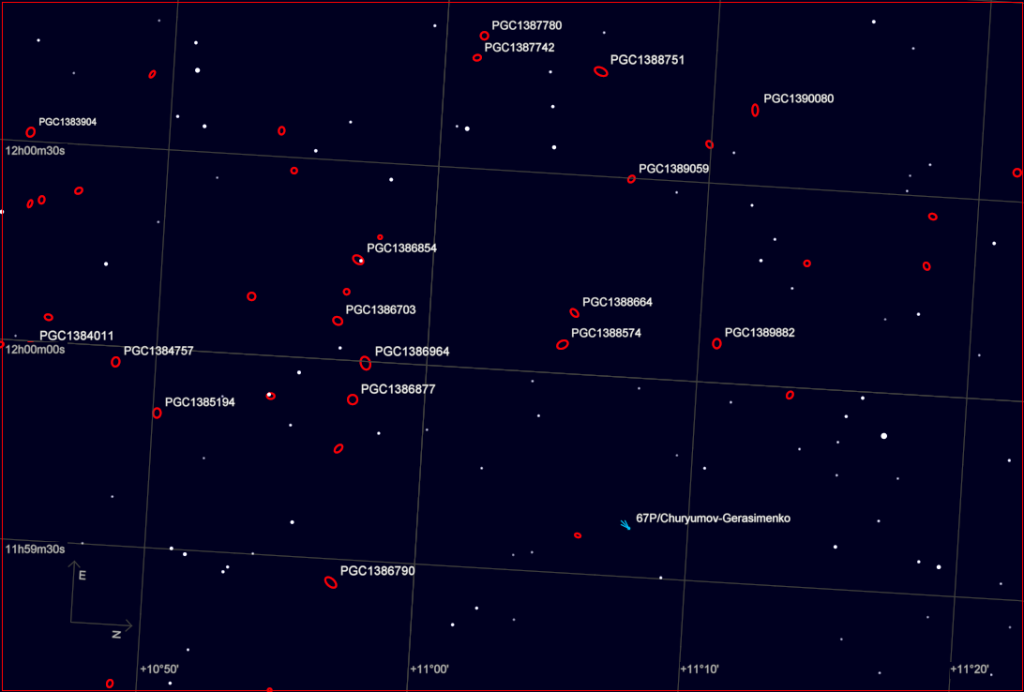First, the PTO is finally back online. Now the painful details:
The original diagnosis of the new mount having a personality problem was incorrect. The control box and hand paddle checked out fine and were returned unharmed. As expected, the mount still suffered from pointing problems; both in positioning and parking. After an additional session of phone diagnostics with George from Astro-Physics (thanks George) the RA gearbox was dismounted and sent back to the factory for inspection and repair. George also requested the GTOCP3 control box accompany the gearbox (its second trip back home). The return paperwork listed new spur and cluster gears as the fix. While they had the control panel the troops at AP ran modeling software on the repaired gearbox and loaded a new PEC model into it.
With the repaired and reprogrammed parts reinstalled, the mount was ready for testing. We finally got some clear skies to align and test it and the results are amazing. With the old mount I was able to reliably take an unguided 30 second exposure without any visible distortion in a star’s image. A guided 300 second image would routinely pass a 0.2 roundness test. Now I can take an unguided 300 second image where the stars routinely pass a 0.05 roundness test.
The old mount’s less than optimal performance is not entirely its fault. First, I had loaded the mount right to its advertised limit (and over time probably a little more). Also, the polar alignment was off slightly in elevation. I found making fine adjustments to the elevation axis very difficult. I’m pretty sure this was mostly due to the design of the adjusting mechanism dealing with the weight the mount was carrying.
Of course, the primary reason for the observatory upgrade was to increase the load capability of the mount for the new (refurbished) telescope.
Installing the new scope will be the final step in this PTO upgrade. Watch this space.
| <<< Progress report (Part 2) | Progress report (Part 4) >>> |

